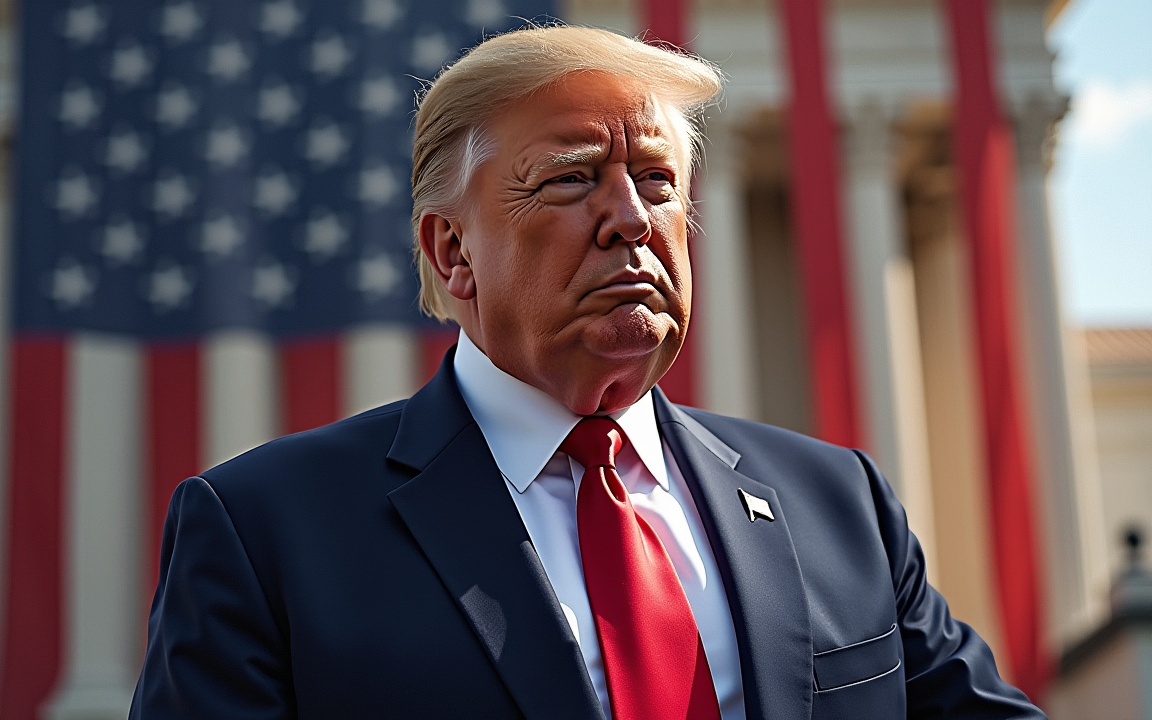
The legal fight over tariffs in the United States is heading to the highest court, with President Donald Trump asking the Supreme Court to uphold his sweeping global levies.
At stake are trillions of dollars in trade and the structure of US economic authority itself. The administration’s appeal follows a federal appeals court ruling that struck down Trump’s ability to impose broad import taxes under a 1977 emergency law.
If the Supreme Court agrees to fast-track the case, arguments could take place in early November, setting up a ruling that may determine America’s tariff future before the year ends.
Tariffs under legal challenge worth billions
The appeal comes after the US Court of Appeals for the Federal Circuit ruled 7-4 that the International Emergency Economic Powers Act (IEEPA) does not allow presidents to impose large-scale tariffs.
The law gives wide-ranging powers to regulate imports during emergencies but does not explicitly mention duties or taxes. That ruling affirmed a prior decision from the US Court of International Trade.
If the Supreme Court declines to reverse that outcome, the effective US tariff rate, currently averaging 16.3%, could be cut by more than half.
Bloomberg Economics estimated that the US could be forced to refund tens of billions of dollars already collected. It would also put at risk framework agreements that Trump has negotiated with several countries.
The stakes have drawn attention across global markets, with businesses watching closely as levies remain in force pending judicial review.
Tariffs tied to emergencies and fentanyl
The appeal covers multiple measures, including Trump’s April 2 “Liberation Day” tariffs, which imposed duties ranging from 10% to 50% on most imports.
Those tariffs pushed US applied rates to their highest levels since the 1930 Smoot-Hawley Act, marking the sharpest increase in nearly a century.
The tariffs also extended to imports from Canada, Mexico, and China, introduced under the justification of combating fentanyl trafficking.
The Justice Department warned that overturning the tariffs could “unilaterally disarm” US trade policy, leaving the economy vulnerable to retaliatory measures.
While some of Trump’s other tariffs, such as those on steel, aluminium, and automobiles, were imposed under different laws and are not part of this case, the challenge goes directly to the breadth of presidential power in trade policy.
Supreme Court timeline and constitutional question
The Justice Department asked the Supreme Court to decide quickly, proposing arguments in early November. That would allow the justices to deliver a ruling by the end of the year, though the Court’s current term extends into mid-2025.
The challengers, made up of Democratic-led states and small businesses, have agreed to the expedited schedule. The administration asked the Court to accept the case by September 10.
At the heart of the legal question is whether Congress handed tariff authority to the president.
The Constitution places that power in Congress, and the Supreme Court has previously ruled that explicit language is required when lawmakers delegate major economic decisions.
Trump’s legal team argues that the power to “regulate importation” includes the right to impose tariffs, while opponents contend that trade deficits are not the kind of extraordinary emergency envisioned by IEEPA.
A ruling in Trump’s favour would set few limits on presidential authority to declare emergencies and impose tariffs.
Global economic implications
The outcome could reverberate far beyond Washington. Trump has cast tariffs as essential tools to reduce trade deficits and support US industries, but the legal challenge threatens the stability of recent negotiations with foreign partners.
The appeals court decision has already unsettled talks with other nations, according to filings by Solicitor General D. John Sauer.
If the tariffs are struck down, decades of trade policy precedent could be reset, and refund obligations could run into the tens of billions.
For international partners like Canada, Mexico, and China, the ruling could reshape existing agreements and shift global trade balances.
With trillions of dollars at stake, the Supreme Court’s decision will have consequences not only for US constitutional law but also for the global economy.
The post Trump seeks SC backing for tariffs that could reshape $1 trillion trade flow appeared first on Invezz

